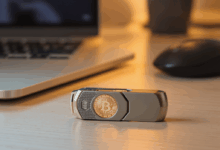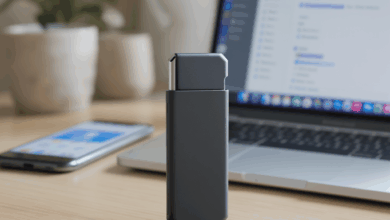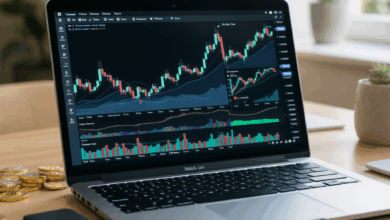Master Secure Bitcoin Storage in 5 Practical Steps
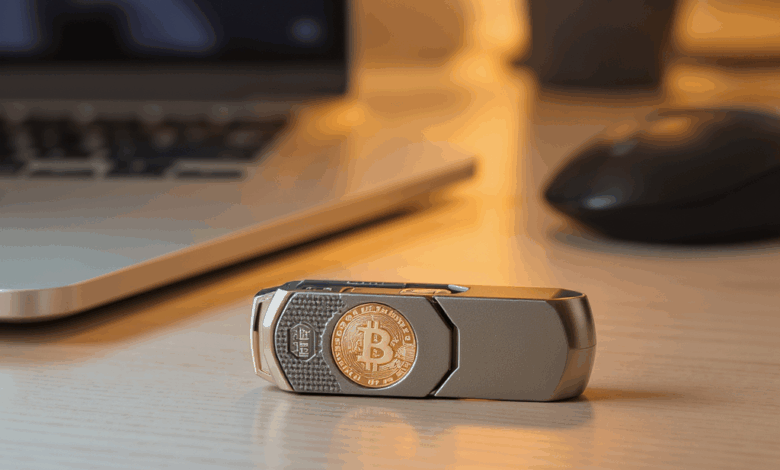
Have you ever wondered what happens to your Bitcoin once you hit “buy”? I remember the uneasy feeling creeping in right after my first purchase—a blend of excitement and anxiety. Where exactly was my Bitcoin? Was it truly safe? That nagging question led me down a rabbit hole of security options, some more complex than others.
The reality is, owning Bitcoin means more than just having it recorded on a blockchain; it demands careful storage strategies to prevent loss or theft. Despite the buzz around cryptocurrencies, many newcomers (myself included) underestimate how vulnerable their digital assets can be if not properly secured.
Interestingly, recent innovations have transformed how we think about Bitcoin custody. Hardware wallets like the Ledger Stax and Trezor Safe 5 now offer sleek, easy-to-use designs with robust offline protection. Meanwhile, multi-signature wallets add a collaborative layer of security, requiring several approvals before any transaction occurs—a concept that feels reassuring, especially for larger holdings.
But, with all these options, how does one choose? And is securing Bitcoin really within reach for everyday users?
This is where the value of understanding practical, step-by-step methods shines. By breaking down the process—selecting the right wallet, enabling two-factor authentication, creating strong passwords, backing up recovery phrases, and staying vigilant against phishing—we can approach Bitcoin security not as a daunting task but as an achievable routine.
In the following guide, we’ll explore these steps rooted in the latest trends and expert recommendations. Together, we’ll untangle the jargon and complexities, making it clear how you can confidently protect your Bitcoin investment starting today.
So, are you ready to turn that initial unease into empowered action? Let’s dive in and discover how securing your Bitcoin is not just for tech experts but for all of us willing to learn.
Navigating the Maze: Practical Steps to Secure Your Bitcoin After Purchase
I still remember that jittery feeling after buying my first Bitcoin—not just the thrill of owning something so revolutionary but the creeping doubt about its safety. It’s like holding a secret treasure you can’t physically touch, wondering if it’s truly locked away or just floating somewhere vulnerable. Have you felt that too? That mix of excitement and unease?
Let’s take a moment to unravel this together. How do we actually secure Bitcoin in a way that’s both practical and reliable, especially when the jargon can sound like a foreign language?
Why Does Storage Matter So Much?
Bitcoin isn’t stored in a bank vault; it lives on the blockchain, a public ledger. But owning Bitcoin means controlling your private keys—the cryptographic passwords that unlock your coins. Lose these, or worse, let them slip to someone else, and your Bitcoin is gone forever. Unlike traditional money, there’s no “forgot password” button.
Step 1: Choosing the Right Wallet for You
Your first real decision is picking a wallet. Think of wallets as digital containers for your keys. They come mainly in two flavors:
-
Hardware Wallets: Physical devices like the Ledger Stax ($399) or Trezor Safe 5 ($169). They keep your keys offline, immune to online hacks. The Ledger Stax, for example, supports over 5,500 coins and has a sleek design—a bit like a credit card with a screen. Meanwhile, Trezor offers a user-friendly touchscreen experience.
-
Software Wallets: Apps on your phone or computer. More convenient for frequent trades but more exposed to malware or phishing.
If you’re holding Bitcoin long-term, experts increasingly recommend hardware wallets. Cold storage, which means keeping your keys offline, remains a gold standard. I found this reassuring when I read about the NGRAVE ZERO, which uses air-gapped technology—completely isolated from the internet—but it comes at a higher price ($440) and less connectivity.
Step 2 Setting Up Your Wallet Securely
Once you have your hardware wallet:
- Create a strong PIN: It acts as the first defense.
- Write down your recovery phrase: Usually 12 or 24 words generated during setup. This phrase is your lifeline if the device is lost or damaged.
Here’s a crucial tip: store this phrase offline in multiple places—think fireproof safes or safety deposit boxes. The temptation to snap a photo or save it digitally is strong, but that invites risk.
Step 3 Embrace Two-Factor Authentication (2FA)
For any exchange or software wallet accounts you use, enable 2FA. But avoid SMS-based codes—they can be intercepted. Instead, use authenticator apps like Google Authenticator. This extra step can be a lifesaver against unauthorized access.
Step 4 Be Vigilant Against Phishing and Scams
Phishing attacks often masquerade as urgent emails or messages prompting you to login or update wallets. Always double-check URLs, avoid clicking on suspicious links, and never share your private keys or recovery phrases.
Step 5: Consider Multi-Signature Wallets for Added Security
If you have significant holdings or share control with trusted parties, multi-signature wallets are worth exploring. They require multiple approvals before moving funds—think of it as several keys needed to open a vault. This reduces the chance of theft if one key is compromised.
Step 6: Regularly Update Your Wallet Software
Just like your phone’s apps, wallet software can have vulnerabilities. Keeping them updated patches security holes, guarding against new threats.
Step 7: Diversify Your Storage
Don’t put all your eggs in one basket. Use a combination of hot wallets (connected online for daily use) and cold wallets (offline for long-term storage). This balances convenience and security.
I’ve walked through these steps, feeling more in control with each one. But I wonder—does this really make Bitcoin safe for everyone, or does the very complexity keep it locked away for the tech-savvy? Could the barriers to truly secure storage unintentionally exclude many who want to participate in this new financial frontier?
What do you think? Is there a way to simplify security without sacrificing safety? Or is that tension the price we pay for decentralization?
Perhaps this is not an endpoint but the start of a broader conversation on how we safeguard not just Bitcoin, but trust itself in the digital age.
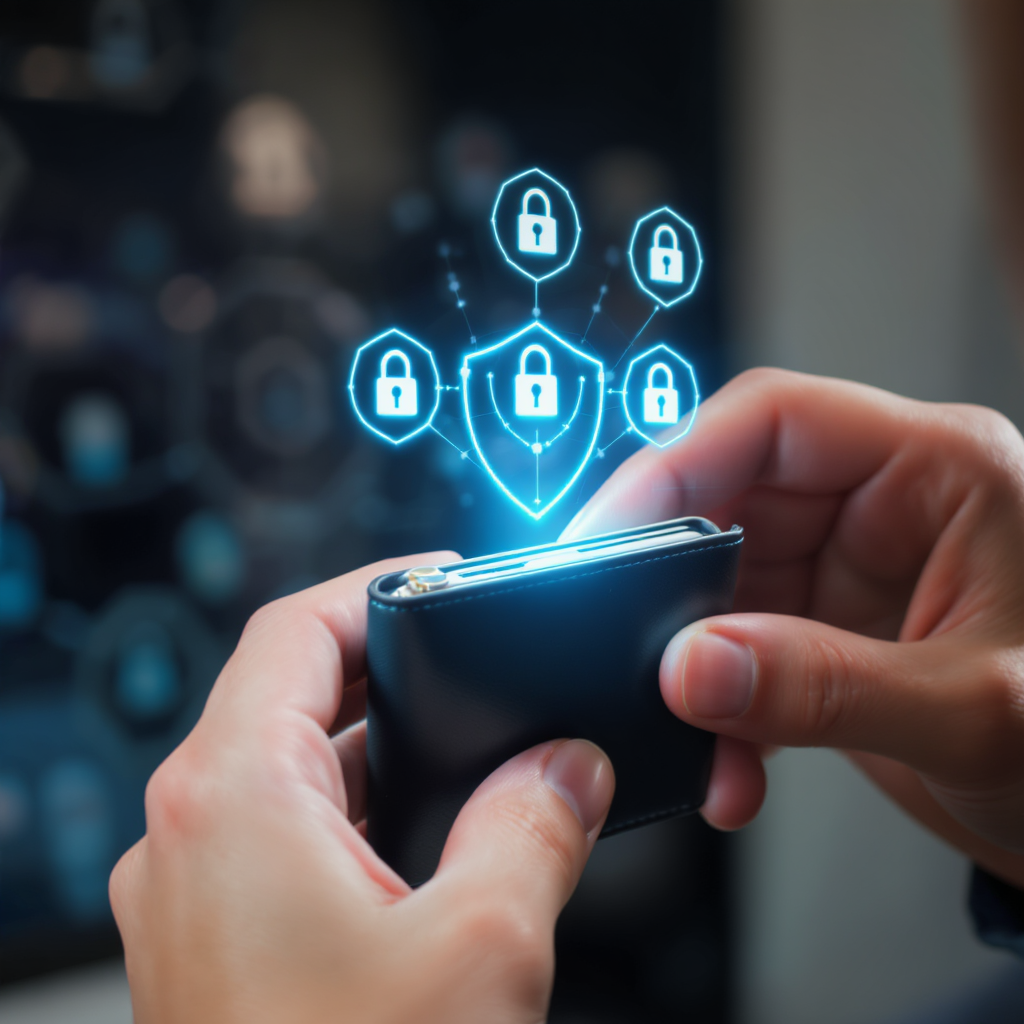
Reflecting on the journey of securing Bitcoin after purchase, we’ve navigated through the essential steps—from choosing the right wallet and setting it up securely, to embracing two-factor authentication and staying alert against phishing scams. Beyond these practical measures, the landscape of Bitcoin security invites us to consider deeper implications: how can such complex safeguards become accessible to all, not just the tech-savvy? This question lingers as a reminder that securing digital assets is intertwined with building trust in a decentralized future.
By understanding and applying these layered protections, readers gain more than just technical know-how—they reclaim a sense of control over their digital wealth amid the uncertainties of the crypto world.
So, what can you do now? Start by selecting a wallet that fits your needs, whether hardware or software, and follow through with setting up strong PINs and safely storing your recovery phrases offline. Enable two-factor authentication wherever possible, and cultivate a habit of vigilance against scams. These actions, small yet significant, gradually transform anxiety into confidence.
Looking ahead, as wallet technologies evolve and user-friendly innovations emerge, we might see a future where securing Bitcoin feels as natural as locking a physical safe. Until then, each step you take contributes to shaping a safer environment—not just for yourself, but for the wider community embracing cryptocurrency.
What resonates with you most from this guide? Are there hurdles you foresee in adopting these practices, or perhaps insights you’ve gained that could simplify this process further? Remember, securing Bitcoin is not merely a task—it’s an ongoing conversation and a shared responsibility. If this information felt helpful, why not put it into practice and see how empowered you feel taking charge of your digital assets today?
